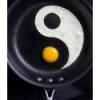Sign in to follow this
Followers
0

Parallel Universes: Are They More than a Figment of Our Imagination?
By
mwight, in General Discussion

By
mwight, in General Discussion